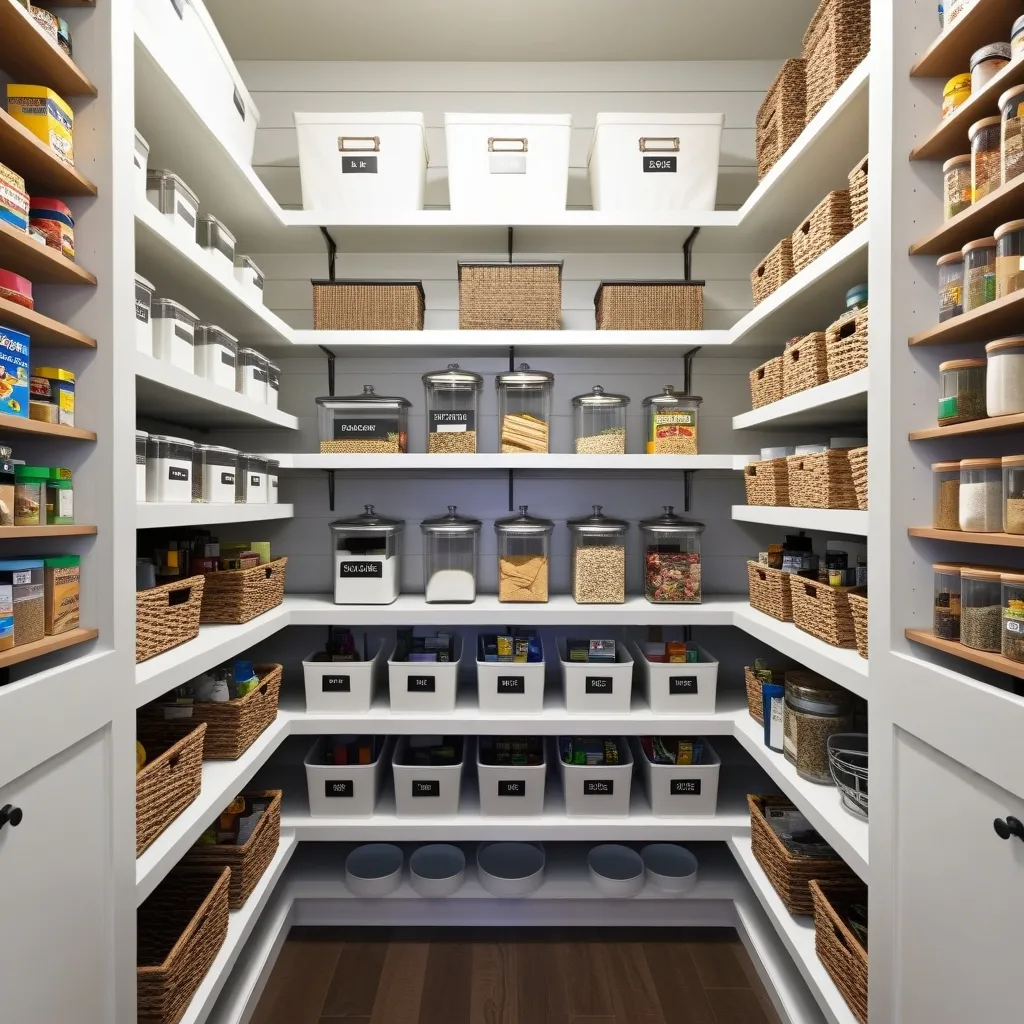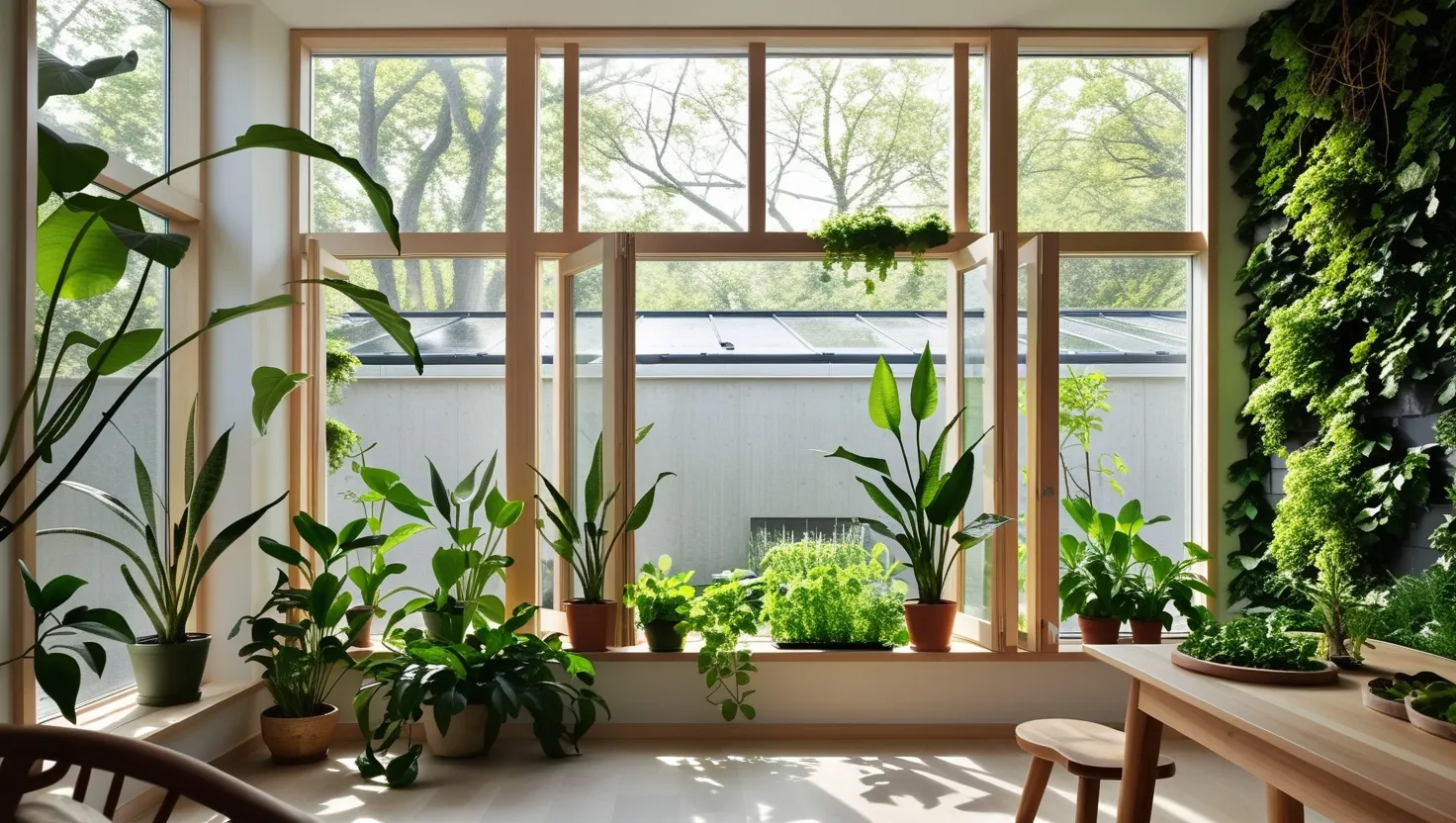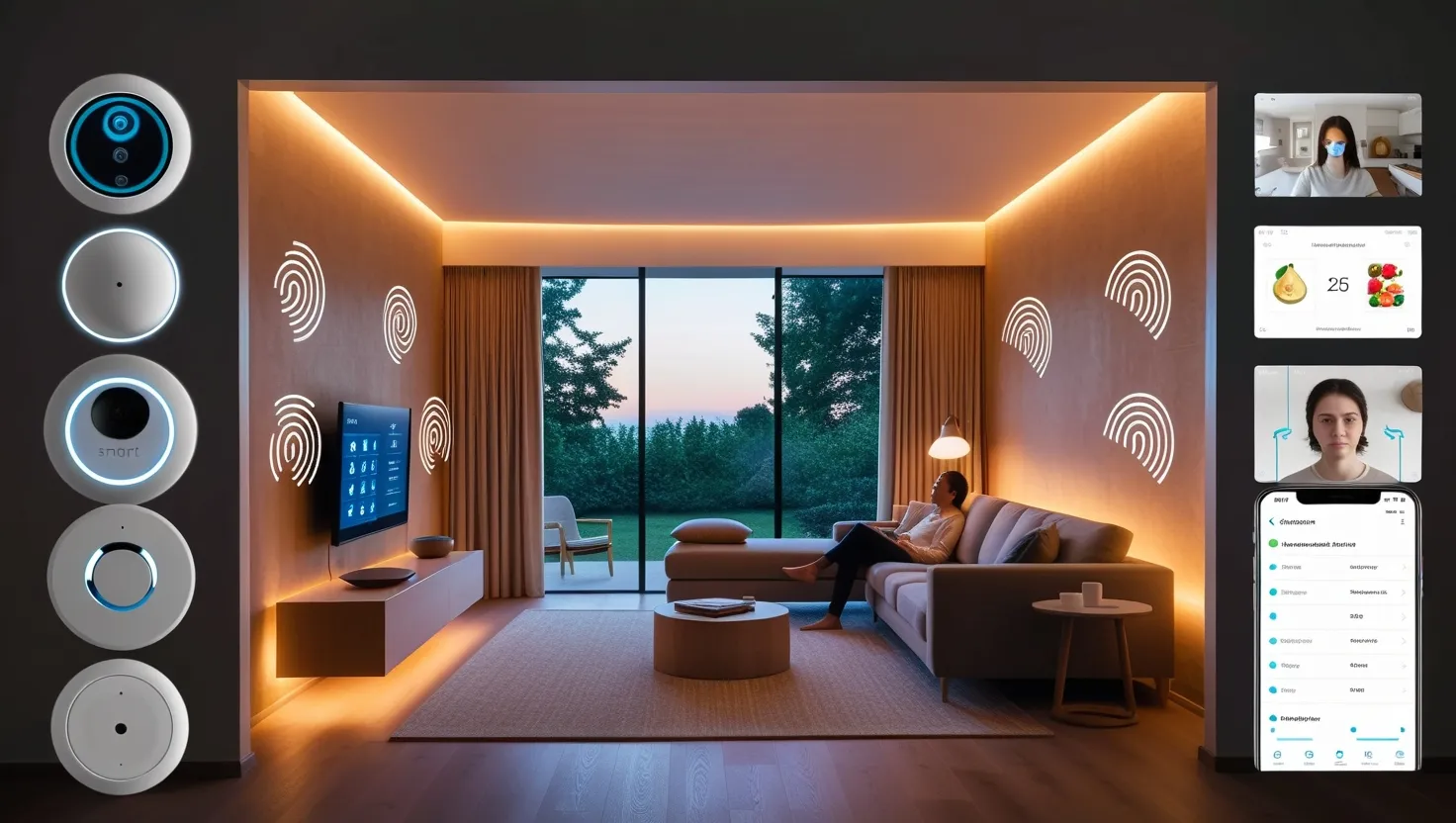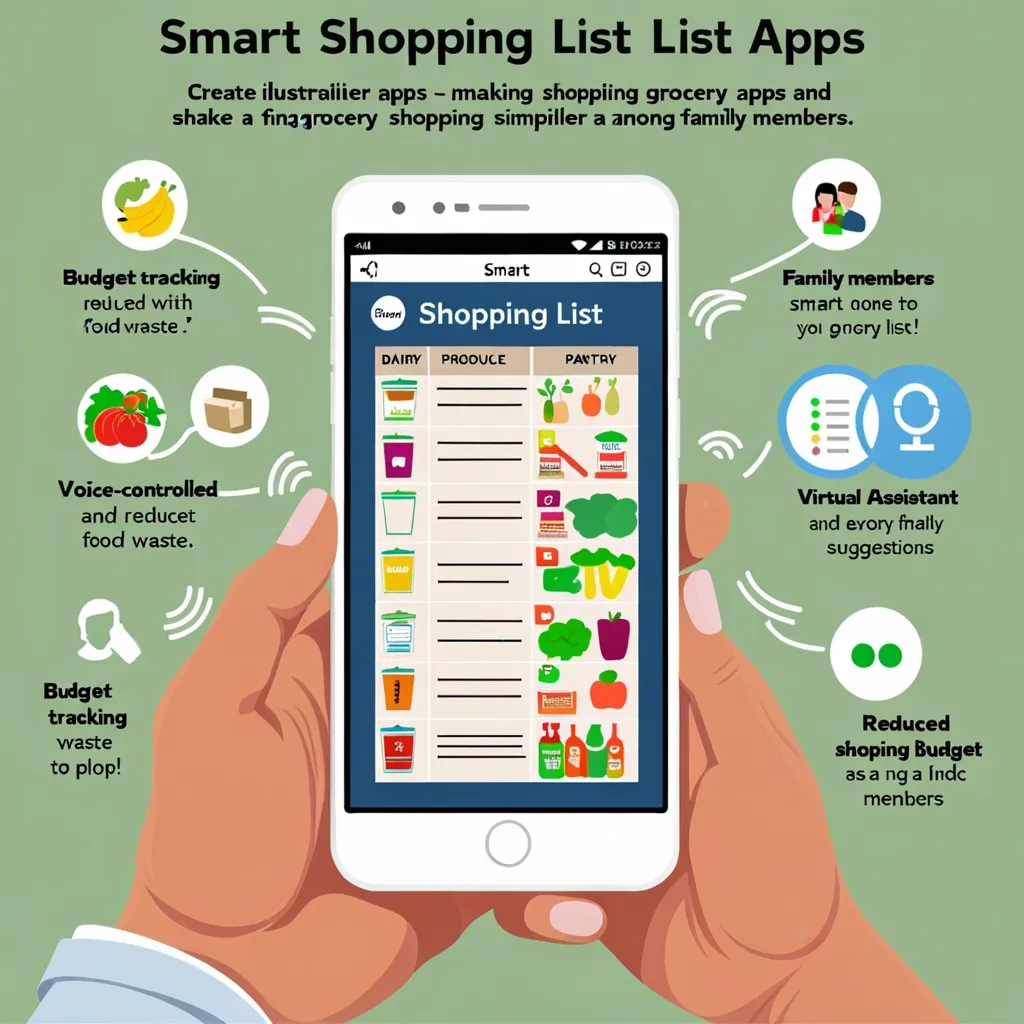Alright, let’s dive into the wonderful world of pantry organization. It’s not just about making things tidy – it’s about creating a space that makes your life easier, especially when it comes to meal planning and cooking. Whether you’re lucky enough to have a big walk-in pantry or you’re making do with a small cabinet, the secret sauce to an efficient pantry is smart storage and categorization.
Start Fresh
The first step on this pantry adventure is to clear everything out. Yep, take it all out. This lets you see exactly what you have, toss out expired stuff, and start with a clean slate. Check those expiration dates and get rid of anything that’s past its prime. Have unopened, unexpired items? Consider donating them to a local food bank. Your pantry clean-up can do some good in the world.
Declutter Time
Next up is decluttering. Sort your items into three piles: keep, donate, and discard. This not only helps you figure out what you actually need to store but also gives you a chance to wipe down those shelves and give everything a good clean. Start fresh, start clean.
Zone Out
Creating zones in your pantry can be a game-changer. Think of it like a mini grocery store—it makes it way easier to find what you need fast. You could have a baking zone, a spice zone, a canned goods zone, and a snack zone. Each zone has its designated spot, which means no more searching high and low for that elusive jar of cinnamon.
Containers and Bins Are Life Savers
Containers and bins are your best friends in this pantry reorganization mission. Larger glass jars are perfect for frequently used items like flour, sugar, and oats. For items you don’t use every day, you can stick to keeping them in their original packaging and store them in wooden or wicker bins. This keeps everything neat, visible, and easy to access.
Label Everything
Labels are tiny miracles in the world of organization. Whether you use a label maker or print labels on cardstock, labeling containers and bins makes it super easy to know what’s what without opening everything. For canned goods, a neat trick is to use a Sharpie to label the tops so you can see what’s inside without lifting each one.
Shelving Matters
The setup of your shelves can make a huge difference in how efficient your pantry is. Avoid deep shelves because items can get lost in the back—keep them shallow and spaced appropriately. Stackable containers are great for making the most of vertical space and keeping everything neat and in order.
Maximize Vertical Space
Speaking of vertical space, don’t let it go to waste. Wall-mounted shelves, spice racks, and pegboards are fantastic for storing spices, oils, and even small appliances. For smaller pantries, mesh drawers for fresh produce can keep things fresh and help with shelf life.
Convenience is Key
Keep frequently used items within easy reach. If you have kids, put their snacks and go-to items on lower shelves where they can grab them without help. This not only makes meal prep easier but also ensures items are used before they expire.
Regular Maintenance
Keeping your pantry organized isn’t a one-time job—it needs regular maintenance. Spend a few minutes each week tidying up and making sure everything stays in its designated spot. This habit will keep clutter from building up again and maintain that happy, functional pantry state.
Get Creative with What You Have
You don’t need to splurge on fancy storage solutions. Look around your house for items you can repurpose. Boxes, baskets, glass jars, and clear canisters are perfect for storing snacks and other pantry items. This approach saves money and reduces waste—win-win!
Fit Your Lifestyle
Your pantry should be a reflection of your lifestyle and dietary preferences. If you lean towards a whole-foods diet with some convenience items, store dry goods in the pantry and keep fresh produce in the fridge. Tailor your storage solutions to fit your family’s specific needs.
Eye Candy Pantry
While functionality is the main goal, a visually appealing pantry can make you more motivated to keep it organized. Use woven bins and baskets to add a stylish touch. Clear containers let you see what’s inside, making your pantry look neat and tidy. Even simple labels can make everything look professional.
Small Space Solutions
For those with tiny pantries, every inch counts. Flat, stackable containers are great for storing grains, breadcrumbs, and nuts. Turning shelves into drawers can help you make the most of your space without losing easy access to items. Custom-sized cubbies can be used for storing oils, spices, and other smaller items.
Hide Away
Sometimes hiding items you don’t use often can keep your pantry looking pristine. Sliding doors or custom-sized cubbies are perfect for stashing cookbooks, serving bowls, and other cooking essentials. This keeps your pantry looking clutter-free while still giving you easy access to what you need.
Sort and Group
Sorting and grouping your pantry items is crucial for keeping things orderly. Group similar items together, like canned vegetables or baking supplies. This makes it easier to find what you need, when you need it. Also, consider sorting items by frequency of use, with the most-used items at eye level and less-used items higher or lower.
By following these strategies, your pantry can transform into a functional, organized, and even beautiful space. Remember, the goal here is to make your pantry work for you, not the other way around. A bit of creativity and these organizational hacks can turn your pantry into a clutter-free zone, making cooking and meal planning so much more enjoyable.






